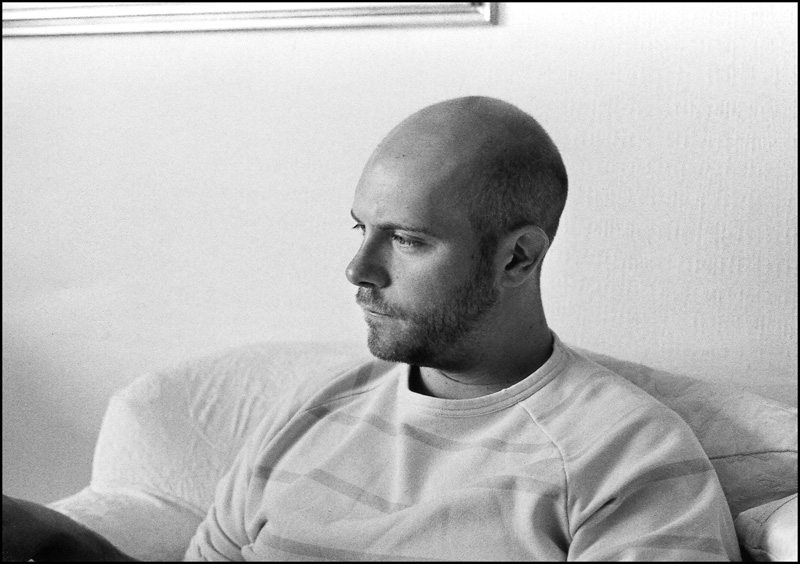Jerevan
Recycled User
Do your own speed tests at various iso points and see where that gets you, with your technique and your equipment.
Only among those who prize wonderful tonality and are prepared to put up with grievous speed losses (around a stop in true ISO terms) and huge grain. I've met very few.I would hardly call Tri-X in Rodinal a "special application".
Would venture it is among the most common film/developer combos ever (though I have no way of proving).
Sounds like the OP got a bad batch, underexposed the film or had some unforseen chemical reaction. Simple as that.

I've been following Don Cardwell's advice on the apug forum, of five-minute agitation intervals using Rodinal (Adonal) at 1+50 and Tri-X at 400, and it works perfectly for me. Even the agitation every five minutes is minimal - just two very gentle and slow inversions. 25 minutes at 20C (yes, 25!) The following is an example. It’s a scan of a print, and it’s not the best scan I'm afraid - the print is sharper - but it gives a good idea of the tonal qualities produced by the method.
Anthony
Would venture it is among the most common film/developer combos ever (though I have no way of proving).
 Untitled by Gary Harding, on Flickr
Untitled by Gary Harding, on FlickrIt has grown fashionable in recent (post-digital) years, when people started to get interested in more (rather than less) grain. Up to the nineties, it was considered a developer best suited for low speed film. Even renowned Rodinal advocates like Günter Spitzing explicitly advised against developing 400 film in Rodinal.

